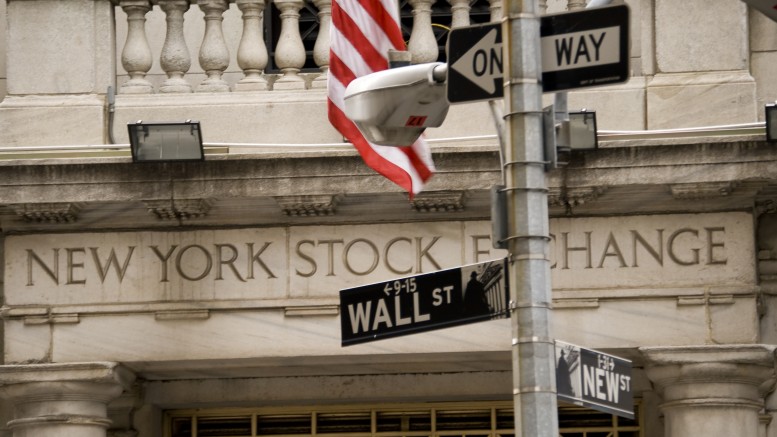Mobeen Tahir (WisdomTree) | After a lackluster September, US equities are showing buoyancy in October. The NASDAQ 100 Index is up over 2.7% while the S&P 500 Index is up over 3.4% month-to-date. While markets were initially disappointed by delays in the much-awaited US fiscal stimulus, it appears that they are now beginning to price in the strong impact it can have whenever it comes – before or after the US presidential election.
Which assets stand to benefit and how could investors position themselves?
What happened last time?
When a $2 trillion fiscal stimulus was announced in the US at the end of March, it became an important driver in causing markets to turn. Equity indices bounced back strongly even at a time when the damage of the pandemic was at its worst for the real economy. This paradox became less puzzling when seen in conjunction with the rally in gold – which was effectively being used by investors to hedge their risk exposures, a put option for equities
Positioning lessons learnt
Investors can learn the following lessons from the last stimulus to give their portfolios the best chance for success ahead of, and after, the next fiscal stimulus in the US.
Think equities but think carefully: The rally in equities since March has not been equally favorable for all sectors and factors. The clear winners until now have been technology companies and those that qualify as ‘high quality’ businesses, i.e. companies that have maintained strong profitability through the crisis. This trend is expected to continue at least until the virus is meaningfully overcome.
Think risks, think diversity: Risks and uncertainties still abound for equity markets – the course of the pandemic and the economic recovery remains perilous, and the outcome of the US elections and what bearing it will have on critical issues including trade is yet to be seen. If diversity was desirable, and fruitful, after the previous stimulus earlier in the year, it should still be as necessary now.
Think growth, think inflation: Fiscal stimulus can produce the good kind of inflation – demand pull inflation – which is driven by a rise in aggregate demand in the economy. This is accompanied with gross domestic product growth and unemployment falls. Cyclical assets like equities and industrial metals provide a natural hedge against this type of inflation as their demand grows as the economy gathers steam. Gold, on the other hand, serves as an effective inflation hedge being a real ‘store of wealth’ as rising prices erode the real value of fiat currencies. 




